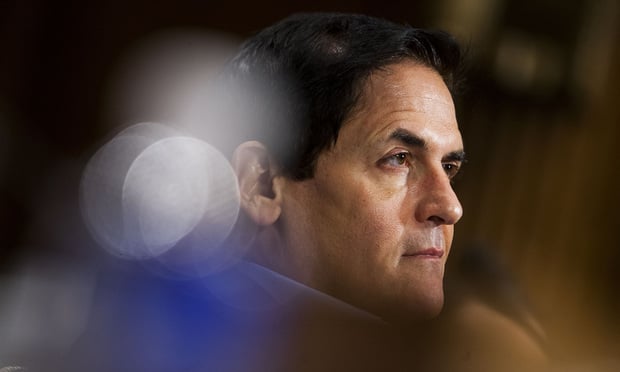The IRS has set new limits in Revenue Procedure 2017-37 for health savings accounts (HSAs) for 2018. While they're not a lot higher, these days every little bit counts:
-
The contribution limits for individual accounts rise to $3,450 (from 2017's $3,400)
-
Family coverage rises to $6,900 (from 2017′s from $6,700)
-
Maximum out-of-pocket figures are also up: for single coverage to $6,650 (from 2017′s $6,550) and for family coverage to $13,300 (from 2017′s $13,100)
The IRS publication contains the inflation-adjusted HSA contribution limits for calendar year 2018, as well as the minimum deductible and maximum out-of-pocket expenses for high-deductible health plans with which HSAs must be paired.
But the triple-tax-advantaged HSAs can provide account owners with benefits beyond savings to pay for health expenses. Deposits into an HSA are tax free; contributions grow within the account tax free; and distributions are tax free as long as the money is used for out-of-pocket health care expenses, including deductibles.
If the money is withdrawn before the account owner turns 65, and gets spent on something other than an eligible expense for health care, however, it's penalized—at a rate of 20 percent—and taxed.
Recommended For You
While those 55 and older can contribute an extra $1,000 as a catch-up contribution, it can only be made in the name of the person who is 55 or older; HSAs are not joint accounts.
Therefore, a spouse not yet 55 cannot make that catch-up contribution in their own name, for instance, even to the HSA for a family plan.
If both are 55, both can make the catch-up contribution, but again, there must be two separate HSAs to accommodate the two contributions.
According to a report from the Society for Human Resource Management, not only are all high-deductible health insurance plans not eligible for HSAs, adult children of an HSA owner aren't eligible to have their health care expenses paid by withdrawals from the HSA.
HDHPs "must not offer any benefit beyond preventive care before those covered by the plan (individuals or families) meet their annual deductible," the report says, including prescription drugs, office visits or emergency care.
And although the Affordable Care Act allows adult children up to the age of 26 to be covered by a parent's plan, the IRS has a different idea—if that adult child is not eligible to be claimed as a dependent on the parent's tax filing, as defined by the IRS, he's not eligible to have care paid for out of an HSA.
© 2025 ALM Global, LLC, All Rights Reserved. Request academic re-use from www.copyright.com. All other uses, submit a request to [email protected]. For more information visit Asset & Logo Licensing.







